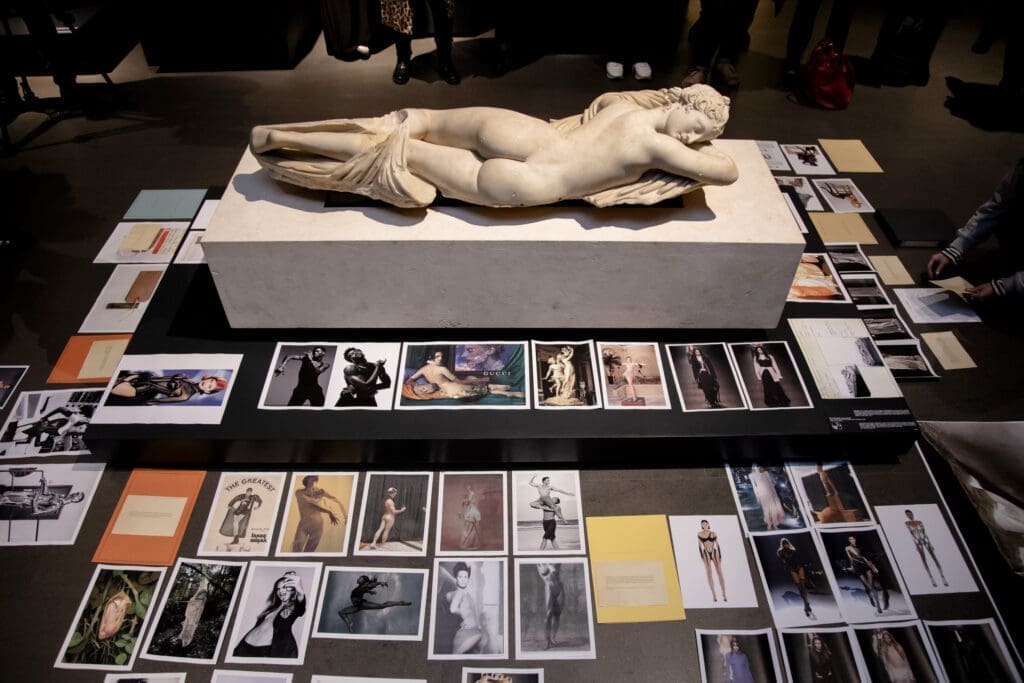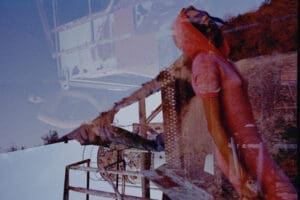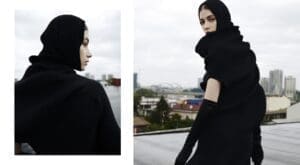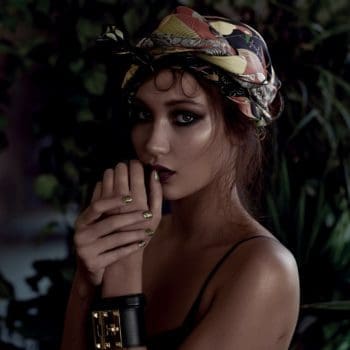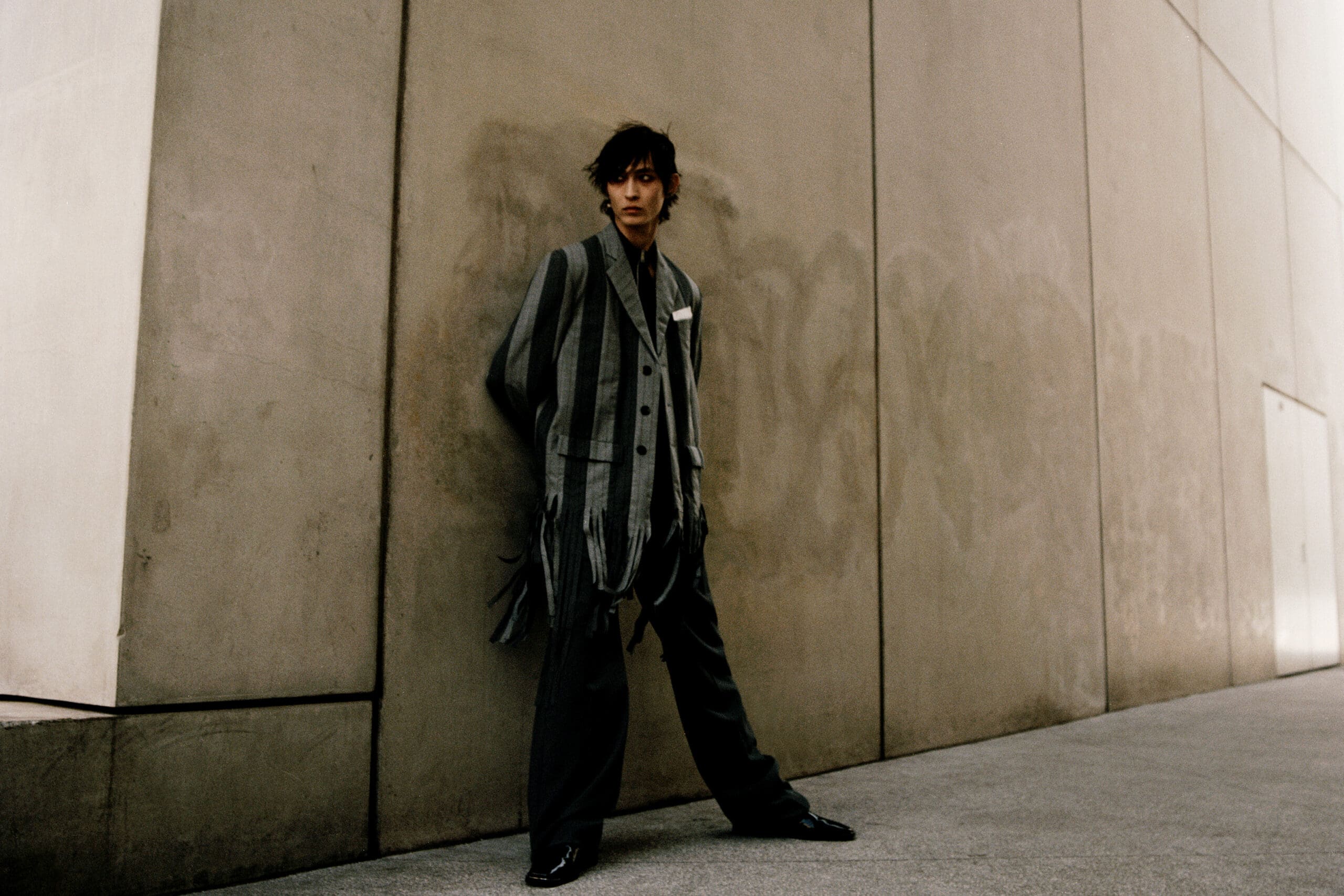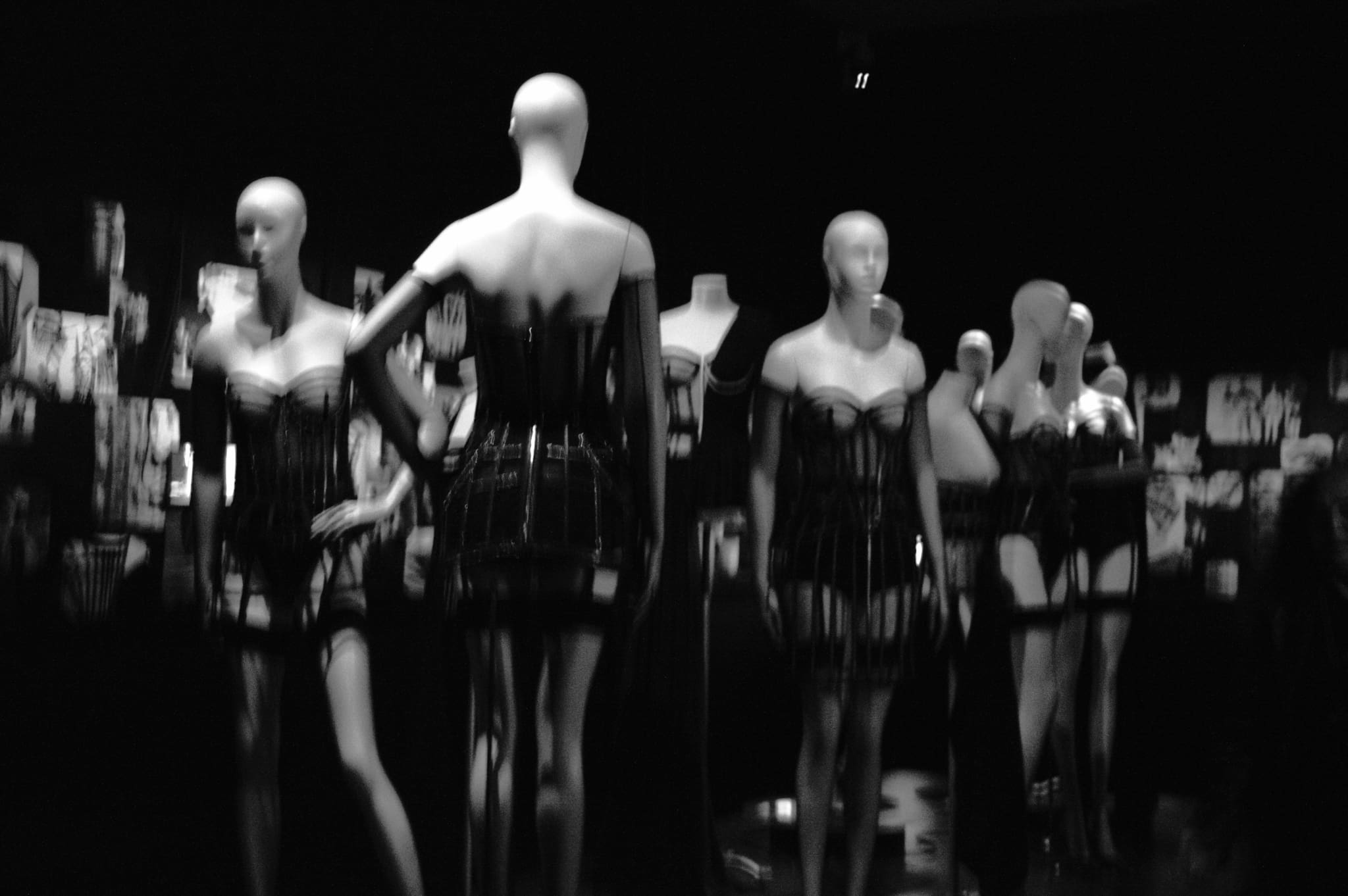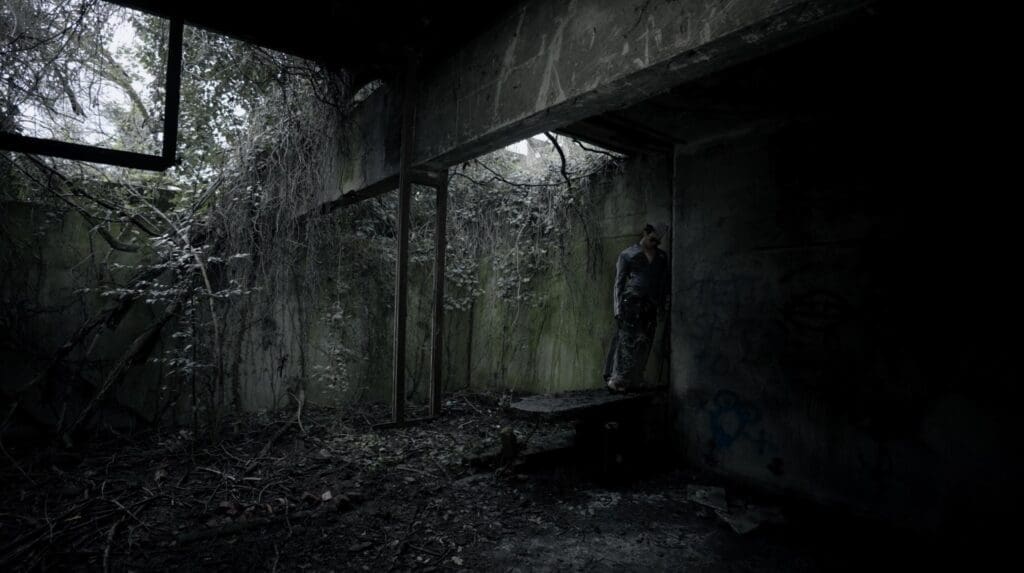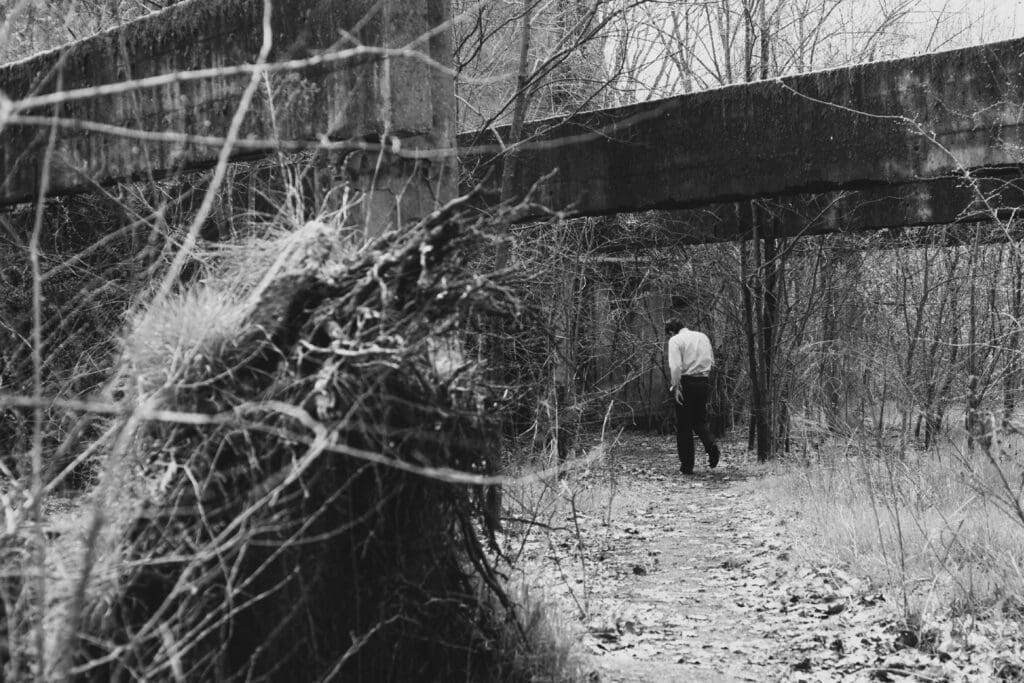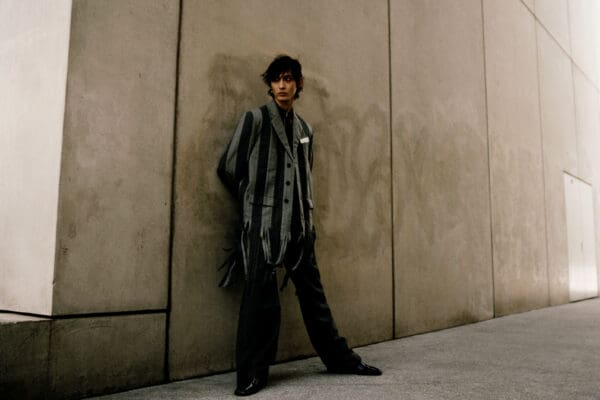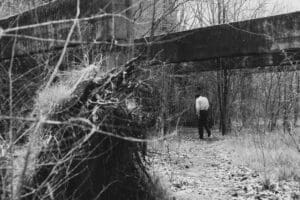Originating from the creative vision of curators Alessio de’ Navasques (lecturer at NABA and Sapienza University of Rome) and Stéphane Verger (director of Museo Nazionale Romano), and supported by the academic contributions of Romana Andò (Head of MA Program in Fashion Studies at Sapienza University of Rome) and Colomba Leddi (Fashion Design Area Leader at NABA), encompasses five days dedicated to exploring the relationship between fashion and antiquity in the contemporary times. The comprehensive agenda includes a symposium where researchers from both academic communities will gather to engage in discussions centered around the theme of the project, featuring NABA lecturer Alessandro Manzi, and three workshops open to NABA students (especially those enrolled in Master of Arts in Fashion and Costume Design) and students from the SARAS Department at Sapienza University of Rome.
The project commences from this premise to investigate the meaning of the relationship between fashion and the ancient in the contemporary world. The idea of fashion becomes an immaterial perspective, but rather understood as a vibrant and sensitive lens to reread the collections of the National Roman Museum. A new and unprecedented point of view, which develops in this invitation to bring together artists, scholars and thinkers to imagine new research and questions in response to these issues. The National Roman Museum becomes a humanistic laboratory for research into the new, a reflection on an open and permeable classicism, like a veil through which to examine a classical statue. Scholars and researchers have been invited to contribute their own original research through presentations, artistic performances and open workshops within the Museum.
Fashion and Archaeology seem to be two distant territories, two universes that think differently in time, but with many intersections. In his notes, the philosopher Walter Benjamin states that Fashion experiences a temporal continuity, it mocks death and with it any notion of interruption and discontinuity. The restless change of fashion suggests that time consists of an endless chain of innovations. With this view, it is a system that proceeds through continuous references and citations, where the apparently new and fresh forms take up older forms that continue to repeat themselves in different contexts and in new combinations. Nothing dies, everything is transformed in a continuous archeology of ideas that return like Benjamin’s ideas. It is no coincidence that Alessandro Michele, former creative director of Gucci, defines himself as an “archaeologist of things to come”.
Fashion is an expression of movements in time. For its ephemeral and immaterial natures, linked to habits and customs, fashion has been an element of timing and imaginative interpretations over the centuries as Aby Warburg suggests in his studies on ancient and modern imagery, based on the observation of the changing forms of fashion. The initial starting point for Warburg’s observations on the influence of antiquity is not apparent via representations of the bodies, but by the clothes in which the bodies are covered: in particular a white, almost transparent dress, and a dressing gown that is thrown over the shoulders. In Warburg’s work, the history of fashion is transformed into an index for the history of artistic styles. And it is precisely the observation of “dress codes” that leads Warburg to his descriptions of artistic innovation in the Renaissance, in the development of the idea of “classic”, of the birth and diffusion of treatises on ancient fashion (both Greek and Roman) and also in relation to the creation of costumes for theatrical performances.
While some philosophers and scholars understand the concept of Fashion as linked to ideas of modernity, often as its very expression, it is also true that the study of antiquity has profoundly influenced the development of the idea of style, linked to new discoveries about ourselves as societies in addition to archaeological finds. These include the change in silhouette of Empire dresses in the second half of the 19th century to the revolution of “modern” fashion, which, in the early 1900s freed the female body from the structure of bustiers and corsets, to embrace the soft natural lines of the body. From Mariano Fortuny’s Delphos, to Greek and Turkish fashion, until the creation of the bias cut which informs examples of what we call “evening dress”, created by Mademoiselle Vionnet, the imagery defined as “classic” has profoundly influenced the development of forms, ideas and contexts of the history of fashion. The idea of movement and dance, as as an ancient expression, has impacted these historical evolutions, from Russian ballets to the performances envisioned by artists such as Isadora Duncan.
Words by Alessandro de’ Navasques


